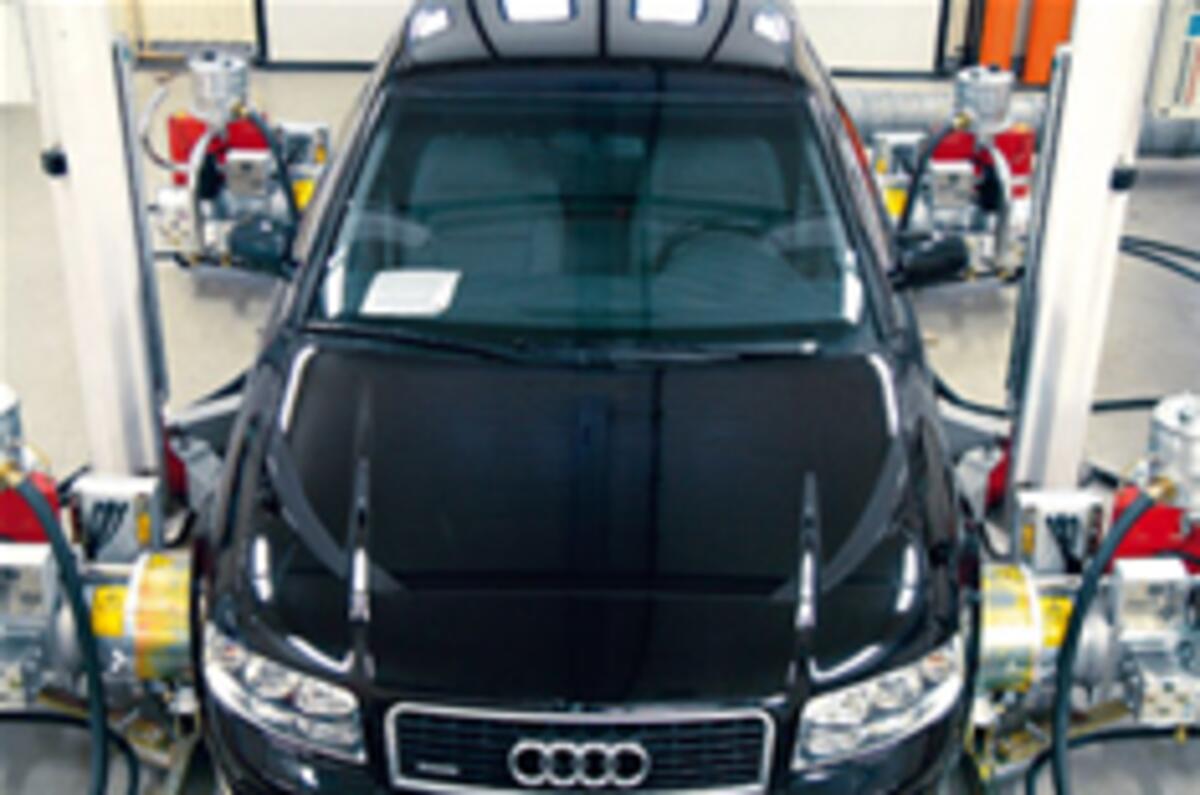A Swedish company that makes specialist engine test equipment has come up with an answer to the perennial bar-room argument about how much power a car engine really produces.Stockholm-based Rototest, whose chassis dynamometer bolts directly onto the wheel hub, has been testing cars since 1995. It has collated the figures from more than 500 tests and concluded that in the average car only around 90 per cent of the quoted peak engine power is available at the wheels.“We see this measurement as an interesting way to define customer value,” says company boss Christian Engstrom. “It is what you as a customer get as available performance compared to the claimed performance that you paid for.”Manufacturers providing more power than their official claims include Mazda, VW, Skoda and Mini. Three of the top five models had forced induction engines.“It’s very difficult to tell exactly why they do well, but maybe the car we tested is better built or that the manufacturer under-quotes the power for marketing reasons. They are also press cars and there is a chance they are in, let us say, peak condition,” explains Engstrom.During homologation — the legal hurdle that all cars have to jump before production can start — each model must take an EU power test, which measures the engine alone, with no gearbox attached and in lab conditions, producing a figure for flywheel power. Once in production they are allowed a five per cent variation against the quoted figure, says Rototest.Its all-time worst performer was a 1996 Nissan Primera 2.0, whose CVT gearbox absorbed a shocking 23 per cent of the engine’s quoted output.That result is comparable to the more recent 2005 Range Rover Sport Supercharged, whose 385bhp engine produced only 78 per cent of that figure at the wheels.Audi has three models in the worst five — a 2005 A6 Avant 4.2 quattro automatic, a 2007 S6 Avant auto and a 2006 RS4 — which were unable to produce nearly 20 per cent of their quoted power output at the wheels.Much of these losses are due to the car’s four-wheel drive systems, as a comparison between the V10-powered S6 and the similarly engined, rear-wheel-drive BMW M5 shows. The BMW loses just seven per cent of its claimed 500bhp.The complete set of figures is available at www.rri.se.
How manufacturers' claimed bhp figures compare with what's actually at the wheels
Back to top
Close
Advertisement




Add your comment